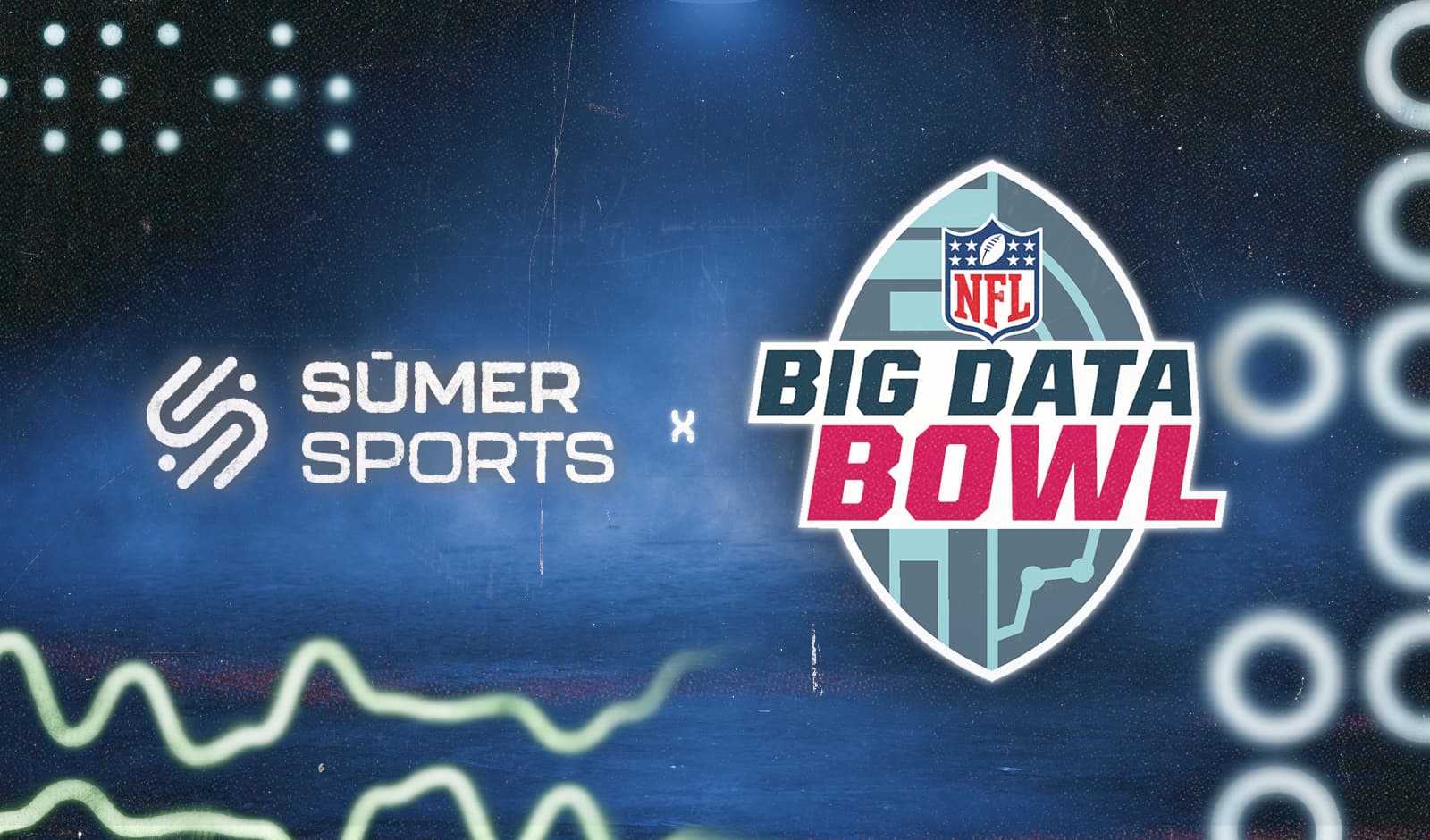Last week, Eric Eager wrote about the transient nature of NFL team performance. As a quick recap, Eric used Markov matrices to show how often teams transition through the phases of relative strength on a year-to-year basis and what that should mean for team building. Given his research, there appears to be room for general managers to leverage this information to gain an edge in trading for future draft picks.
Future Picks at Frugal Prices
Let’s put our “team builder” hat on for a moment and consider other teams in the league. There is some evidence to suggest that teams apply a discount to future picks and, in some cases, value them at only 40% of the value of a similar pick in the current year. If future first-round picks are available at such a discount, one may be inclined to think more teams should be trading for them. However, uncertainty looms over these decisions. Not just uncertainty that a GM will have a job the next year, but also the uncertainty of where a future pick could land within the draft order.
While a GM cannot pick their ownership group, nor that group’s level of patience, one can control (at least to some extent) their trade partners. It is helpful to revisit the first figure from Eric’s piece on transiency and team strength:

Draft Positions Over Time
General managers who want to maximize future value are most interested in picks that will be worth more in the future than they are currently. These GMs are betting on downward transitions not just between classes but inside of classes. For example, an elite team can stay elite while still providing extra value to another team via trade if the team’s record gets worse.
If we look at recent draft history (2011-2022), elite teams (96 total teams) draft earlier the next year roughly 71% of the time, which matches Eric’s research on transience between stages. On average, a team that is elite will move up in the following draft between four and five draft picks (4.6 average, 7.9 standard deviation). For teams classified as above average (88 total teams), their first-round draft pick the following year is higher 53% of the time, increasing by roughly two draft positions on average (2.1 average, 10.6 standard deviation). For the public source on the original owners of draft picks, see Pro Sports Transactions.
This result should match our intuition. The nature of the NFL tends to push teams away from the extremes; teams do not tend to stay very bad or very good for extended periods of time. However, as we are looking to bet on draft position improving the next year, betting on teams who have much further to go towards pick 1 rather than pick 32 should seem like a natural thing to do.
Patience Pays
To put this into practice, let’s consider the value of two picks: the 2023 Chiefs first-round pick (31st overall due to Miami’s forfeited pick) and their first-round pick next year. Given the NFL’s penchant for change, betting against the Chiefs to repeat as Super Bowl Champions may seem like an easy call. Yet, teams like San Francisco with uncertainty surrounding the quarterback position or Cincinnati on the verge of needing to pay two premier wide receivers and a star quarterback could seem like tempting trade targets.
Historical regression suggests that even if elite teams remain in the elite phase, their records will likely not be quite as good as the year before. While betting on regression to the mean is not a sure-fire strategy to always win, a front office (with patient ownership) would expect to come out ahead over time. If a team ends up moving up just five spots at the end of the first round, OverTheCap projects that improvement as roughly equivalent to an extra seventh-round pick in value. But, if a team could get that late future first at the cost of a current late second-round pick due to some future pick discount, it would be like trading away pick 64 in exchange for the 27th overall pick in the draft. That is a deal that you take every single time.
Another possibility is to use tiers (or perhaps something proprietary that is even better) to find teams whose records do not match their underlying fundamentals. An example from this year could be the Minnesota Vikings who, while 13-4, were ranked near the bottom of the league in DVOA and, all else being equal, are likely to have a worse record in the 2023 season.
Naturally, teams are not looking to trade away future first-round picks without a goal in mind. However, sharp teams could exploit two market inefficiencies at once by trading away players for future firsts to teams that view themselves as just one player away from a championship run.
We have seen some teams already exploiting the value of future picks. Howie Roseman of the Eagles acquired a 2022 first-round pick from the Dolphins. This became the 15th overall pick and was traded away to move up to 13th overall in 2022 to acquire Jordan Davis.
While some teams are waking up to the possibility of acquiring future picks at a discount, there remain smaller additional edges to exploit by looking at which teams are likely to regress in the future. By hunting these small edges and incorporating them into a team’s process, teams can build for the future in a way that maximizes draft returns—so long as they have the patience.




.jpg&w=3840&q=75)